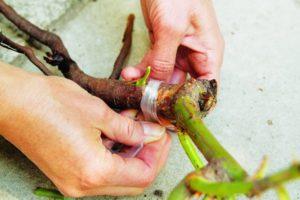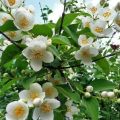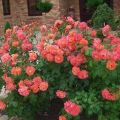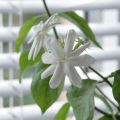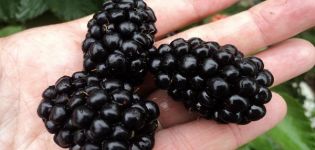Description of the climbing rose of the Jasmine variety, planting and care rules
Climbing rose Jasmine is used for vertical gardening. This tall, spreading bush pleases all summer with lush, abundant flowering and a sweet apple aroma. Jasmine is almost not sick and does not require any special attention. True, the plant is not frost-resistant. In cold latitudes, the rose must be insulated or bent to the ground before the onset of frost.
History of origin
The Jasmina climbing rose was obtained by German breeders relatively recently - in 2005. The breeding of the variety was carried out by a company founded by Wilhelm Cordes more than a hundred years ago.
German breeders managed to get a hybrid with excellent characteristics. For crossing, the Santener de Lurd scrub was used. Jasmine is a retro climbing rose with long bloom and relatively strong immunity.
Description and characteristics of the Jasmine rose
It is a climbing and blooming rose. The rose bush grows up to 1 meter wide, reaching a height of 1.8-2.5 meters. On each stem, 10-12 double flowers of a pale pink or lilac hue are formed. The plant is lush, branched, with a dense crown, thorns on the branches, many flowers and leaves.
Flower shape - cupped, size - 7-10 centimeters. Leaves are medium in size, ovoid, pointed at the end, smooth, shiny. Jasmina has a sweet aroma.
It blooms in stages all summer, from June to September. The first wave of flowering occurs at the end of May, lasts all June. The second is in August. The rose blooms in the second year after planting on last year's shoots. Prefers diffused light or partial shade.
The bush has tall thick shoots with many thin thorny branches, which is why it is not so easy to bend it to the ground in late autumn.
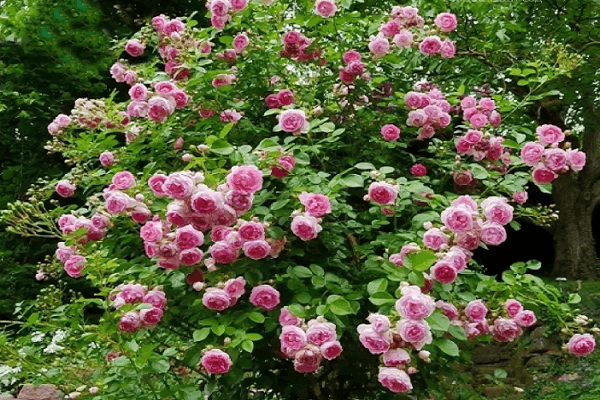
Pros and cons
Variety advantages:
- beautiful flowers;
- long flowering;
- jasmine scent;
- resistance to many diseases.
Disadvantages:
- the presence of thorns on the branches;
- low frost resistance.
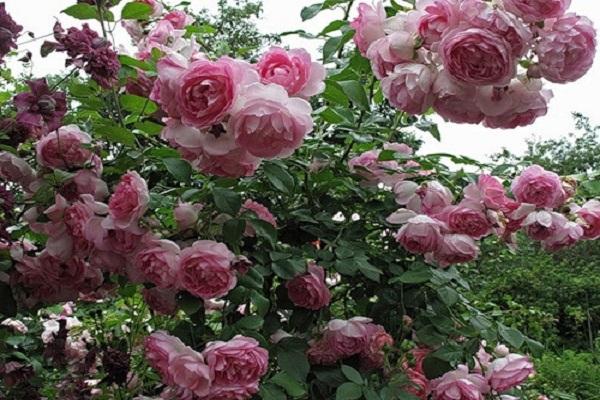
Growing rules
Jasmine rose is usually planted near the fence, which serves as its support. A climbing bush can be planted near the house and let it trail along the arch. A well-lit, but slightly shaded place, protected from the wind, that will not be flooded after rain, is suitable for a rose.
Landing dates
A rose purchased in spring, grown in a container, can be immediately planted on the site.By the time of planting, the soil should warm up to 10 degrees, the air temperature should be above 15 degrees. Usually the flower is planted in a flower bed at the end of May.
Requirements for soil quality
Jasmine grows well on loamy or sandy loam soil of slightly acidic or neutral acidity.
Before planting, it is advisable to fertilize the soil with humus, add a little peat, sand, leaf, garden or sod soil to the clay soil.
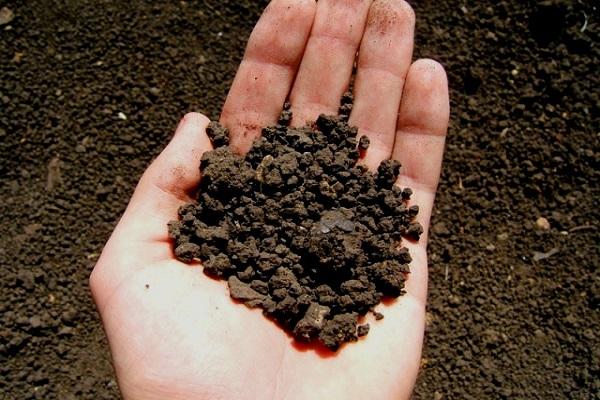
Site preparation and seedlings
To plant a purchased seedling, you need to dig a hole 0.5 meters deep. The excavated soil must be diluted with humus, peat, sand, fertile soil. It is advisable to inspect the roots of the purchased seedling, remove dry or rotten parts. Before planting, the roots can be dipped in Kornevin's solution for 2 hours.
Planting process
Half of the excavated and fertilized soil is poured back into the hole. Then a bush is placed on top of the mound and its roots are sprinkled with the remaining soil. The root collar must remain above the surface. The ground near the bush is lightly tamped and watered with a bucket of water.
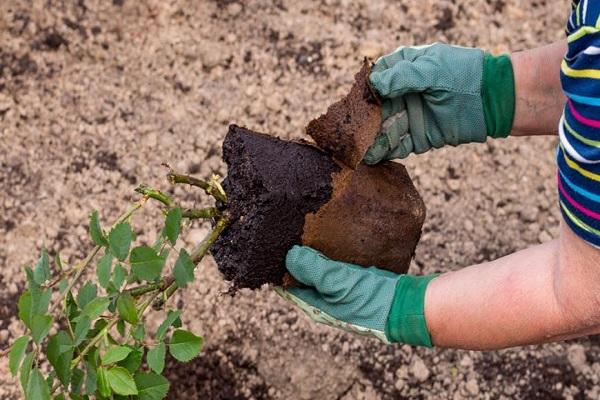
Plant Care Tips
Rose Jasmine is an unpretentious culture. She doesn't need any special care. True, watering in a drought and timely feeding will strengthen the immunity of the rose and improve flowering.
Watering
Jasmine rose is watered only during dry periods. For irrigation, use settled or rainwater. 2 buckets of water are poured under the bush at a time. In a drought, the plant is watered 2 times a week. In rainy weather, Jasmine does not need additional irrigation.
Fertilization
In the spring, the bush is fed with nitrogen substances or organic fertilizer. Before flowering, potassium-phosphorus additives are added to the soil. During budding, foliage can be sprayed with a weak solution of boric acid. In summer and early autumn, the rose is fed with potassium and phosphorus.
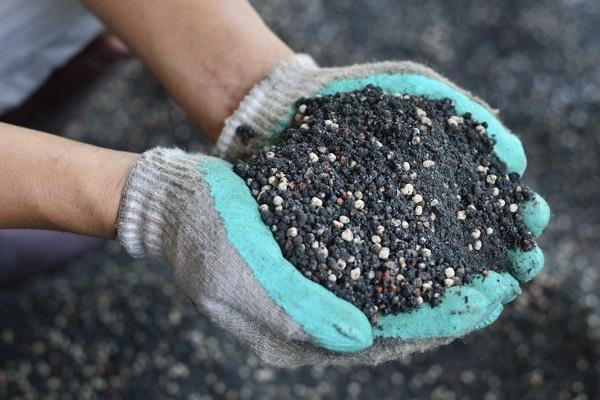
Pruning
The branches of the rose are pruned in early spring. Too long shoots are pinched. In addition to the crown forming, sanitary pruning is carried out in spring and autumn: all diseased, dry branches growing in the wrong direction are removed.
Transfer
It is advisable not to transplant an adult bush. It is not easy to dig it up, and the roots of the rose go deep into the ground. Only the seedlings bought in the spring are transplanted - from the container to a permanent place.
How to tie up plants?
It is advisable to plant a rose near some kind of support, for example, near a fence, arch, trellis gazebo. Jasmine's branches often bend towards the ground under the weight of flowers. Such shoots can be put on the iron bars of an arch or fence, and so that they do not fall, they are tied to a support with ropes.
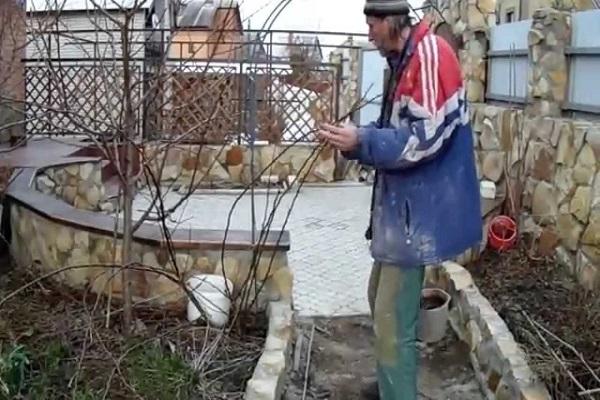
How to prepare plants for winter
Jasmine's tall whips can freeze in winter. Before the onset of frost, the rose can be removed from the support and laid on spruce or pine branches. From above, the bush can be covered with spruce branches, burlap, film. True, they cover the rose when the air temperature drops to 7 degrees below zero. In warm latitudes, the plant can stand all winter without shelter.
Diseases and pests of the variety
If the Jasmine rose has enough nutrients, its roots are not flooded with water, then the plant does not get sick, but every year it pleases with lush flowering. Excess moisture and deficiency of minerals can provoke the development of fungal diseases.
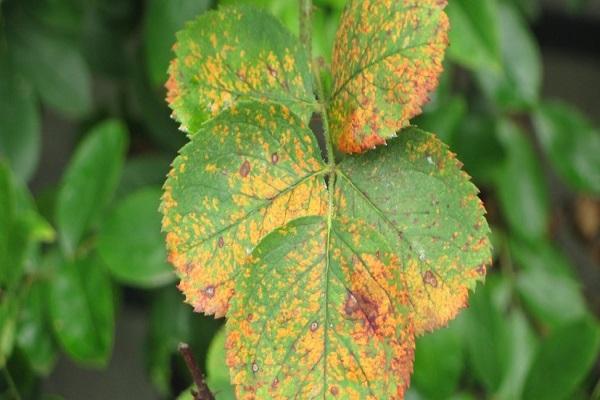
For prevention, foliage can be irrigated with a fungicide (Fitosporin) in early summer. If the plant begins to wither, spots appear on the leaves, it is necessary to remove all diseased parts, treat the bush with a fungicidal solution (Fundazol, Radomil Gold).
Breeding methods
Jasmine rose is propagated by the vegetative method. Cuttings are harvested in summer, after the plant has faded. A twig with 2-3 dormant buds should be stuck into a moist substrate and covered with a transparent flask. From time to time, the cutting needs to be ventilated and watered.Soon it will have its own roots. True, it is better to plant a stalk in open ground next year, at the end of spring.
In the fall and winter, it is better for him to stay in a container in a warm room.
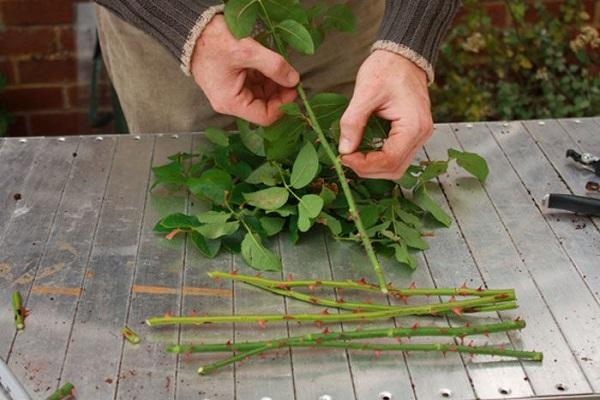
Use in landscape design
The climbing rose is used for vertical gardening of the personal plot. This bush is planted near the wall of the house or near the fence. The plant has an initially erect stem, but under the weight of branches and flowers, shoots are prone to lodging. For this reason, the bush needs support.
Branches with flowers should rest on a frame or a pole. Climbing roses are used to decorate arches, metal fences, garden pergolas.

